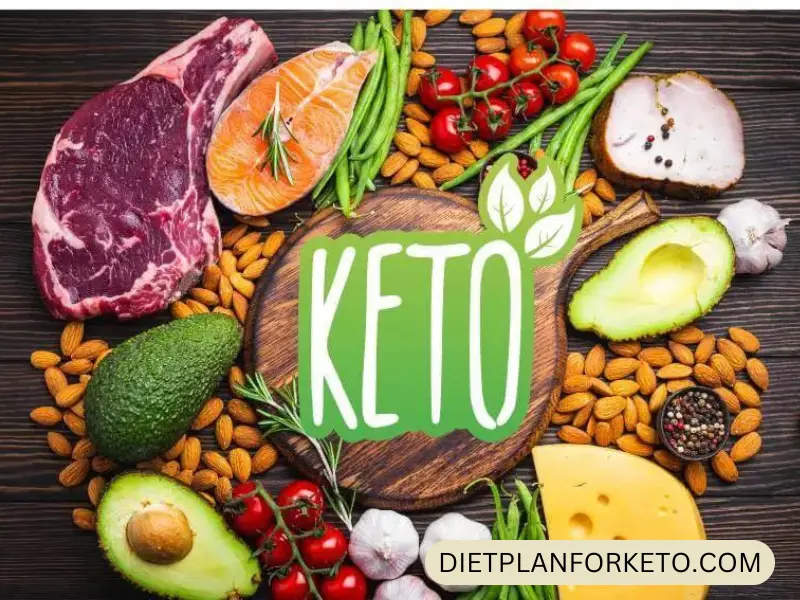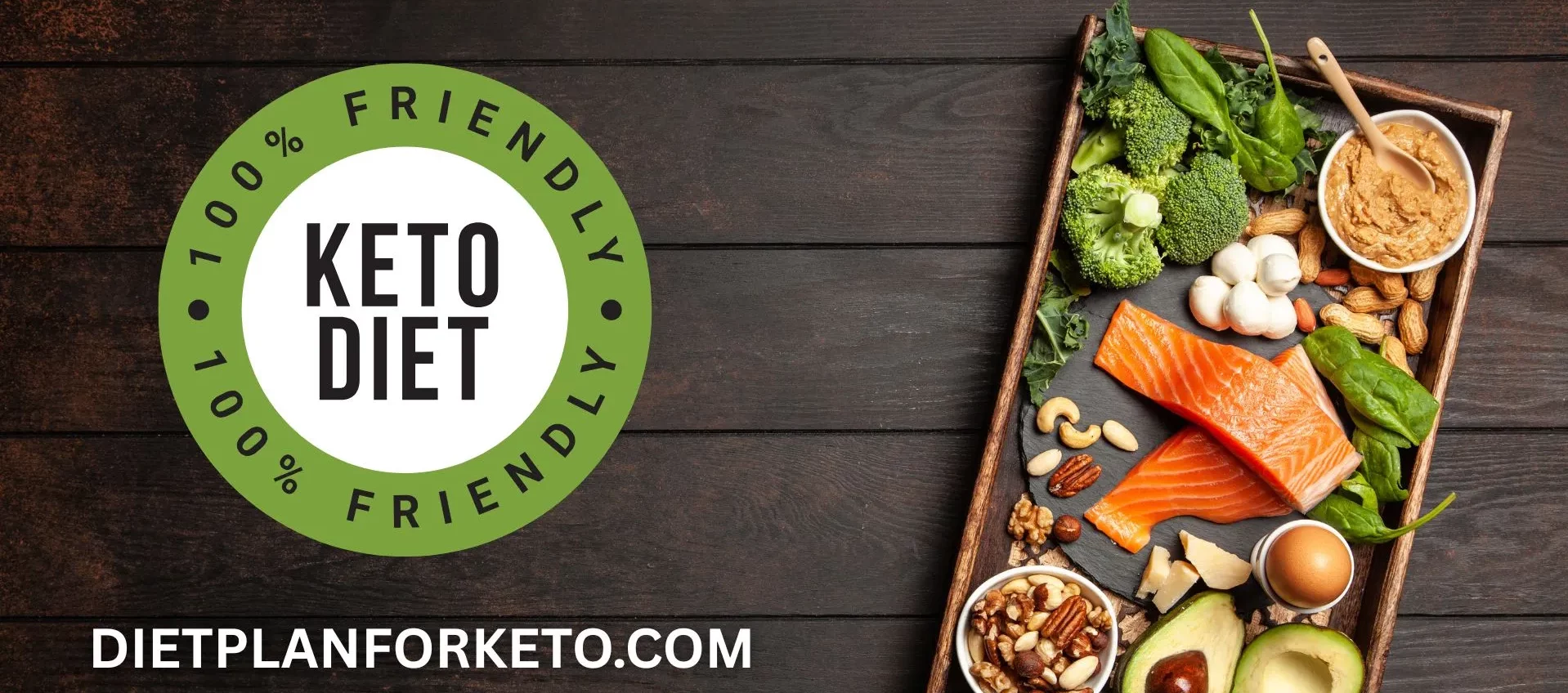Welcome to the ultimate beginner-friendly guide to understanding the keto diet and the foods you can and can’t eat.
Whether you’re starting your low-carb journey for weight loss, better energy, or improved health, this comprehensive guide is here to help.
We’ll break everything down in a simple, clear, and trustworthy way—so you can confidently navigate keto without confusion.
Table of Contents
- What is the Keto Diet?
- How the Keto Diet Works
- Keto Macronutrient Breakdown
- Foods You Can Eat on Keto
- Foods You Should Avoid on Keto
- The Gray Area: Sometimes Foods
- Real-World Keto Meal Examples
- Tips for Starting the Keto Diet
- Pros and Cons of the Keto Diet
- Common Mistakes to Avoid
- Expert Tips for Long-Term Success
- Frequently Asked Questions
- Conclusion
- Disclaimer
1. What is the Keto Diet?
The ketogenic diet, or keto diet, is a high-fat, very low-carbohydrate eating plan designed to shift your body into a state called ketosis. In ketosis, your body burns fat for fuel instead of carbohydrates, leading to potential benefits like weight loss, mental clarity, and improved metabolic health.
2. How the Keto Diet Works
Normally, your body uses glucose (from carbs) for energy. But when carbs are scarce, your liver converts fat into ketones, which your body then uses as an alternative energy source. To get into ketosis, you need to severely reduce your carb intake, increase your fat intake, and moderate your protein consumption.
3. Keto Macronutrient Breakdown
Here’s a typical keto macronutrient ratio:
- Fat: 70-75%
- Protein: 20-25%
- Carbohydrates: 5-10%
This means if you’re eating 2,000 calories per day, only about 20-50 grams of net carbs (total carbs minus fiber) are allowed.
4. Foods You Can Eat on Keto
Healthy Fats
- Avocados
- Olive oil
- Coconut oil
- Butter and ghee
- Nuts and seeds
Proteins (Moderate)
- Grass-fed beef
- Poultry
- Eggs
- Seafood (especially fatty fish like salmon)
- Pork
Low-Carb Vegetables
- Spinach
- Kale
- Broccoli
- Zucchini
- Cauliflower
- Mushrooms
- Asparagus
Dairy (Full-Fat Only)
- Cheese
- Heavy cream
- Greek yogurt (unsweetened)
Other Keto-Friendly Options
- Berries (small amounts)
- Shirataki noodles
- Bone broth
- Herbs and spices
- Sugar-free condiments (mustard, mayo)
5. Foods You Should Avoid on Keto
High-Carb Foods
- Bread
- Pasta
- Rice
- Oats
- Corn
Sugary Foods and Drinks
- Candy
- Soda
- Cakes and pastries
- Ice cream
- Fruit juices
High-Starch Vegetables
- Potatoes
- Sweet potatoes
- Carrots (in large amounts)
- Peas
- Corn
Processed Foods
- Chips
- Crackers
- Baked goods
- Sugary cereals
- Fast food (unless specifically low-carb)
6. The Gray Area: Sometimes Foods
Some foods are keto-friendly in small amounts but should be eaten with caution.
- Tomatoes (in moderation)
- Onions (high in sugar compared to other veggies)
- Alcohol (dry wines or spirits only, no beer or sugary cocktails)
- Dark chocolate (85% cocoa or more)

7. Real-World Keto Meal Examples
Breakfast
- Scrambled eggs with avocado and cheese
- Chia seed pudding with coconut milk and berries
Lunch
- Chicken Caesar salad (no croutons)
- Bunless burger with lettuce, tomato, and cheese
Dinner
- Grilled salmon with zucchini noodles
- Pork chops with cauliflower mash
Snacks
- Boiled eggs
- Celery with cream cheese
- Cheese cubes and olives
8. Tips for Starting the Keto Diet
- Plan meals ahead to avoid high-carb temptations.
- Stay hydrated and replenish electrolytes (sodium, potassium, magnesium).
- Track your food with apps like MyFitnessPal or Carb Manager.
- Be patient: Keto flu is common during the first week.
- Consult a healthcare provider if you have medical conditions.
9. Pros and Cons of the Keto Diet
Pros
- Effective for weight loss
- May improve insulin sensitivity
- Can boost mental clarity and focus
- Reduces hunger for many people
- May reduce inflammation
Cons
- Initial side effects (“keto flu”)
- Difficult to maintain long-term
- Risk of nutrient deficiencies
- Limited food variety
- Social and eating-out challenges
10. Common Mistakes to Avoid
- Eating too much protein (can kick you out of ketosis)
- Not eating enough fat
- Forgetting to track carbs
- Ignoring hidden sugars in sauces and snacks
- Not drinking enough water
11. Expert Tips for Long-Term Success
- Cycle in and out of keto to avoid burnout
- Join a keto community for support and tips
- Experiment with keto recipes to keep meals interesting
- Focus on whole foods over processed keto snacks
- Schedule regular checkups to monitor cholesterol and nutrient levels
12. Frequently Asked Questions
Q: How long does it take to get into ketosis? A: Usually 2-7 days, depending on carb intake and metabolism.
Q: Can I do keto as a vegetarian? A: Yes, but it requires careful planning to get enough fat and protein.
Q: Will I gain weight if I stop keto? A: You might if you return to a high-carb diet without moderation.
Q: Is keto safe for everyone? A: Not necessarily—pregnant women, people with liver conditions, or those on medication should consult a doctor first.
13. Conclusion
The keto diet can be a powerful tool for weight management, energy improvement, and metabolic health. By understanding the foods you can and can’t eat, planning meals smartly, and staying committed, you set yourself up for long-term success.
Like any lifestyle change, keto works best when tailored to your individual needs and monitored for safety. Remember: the key is consistency, patience, and listening to your body.
For more in-depth guides and keto-friendly recipes, explore reputable health blogs or websites dedicated to low-carb living.
14. Disclaimer
This guide is intended for general informational purposes only and does not constitute medical advice. Always consult a healthcare provider before making significant changes to your diet, especially if you have a medical condition or take prescription medications. Any action taken based on this guide is at your own risk.
